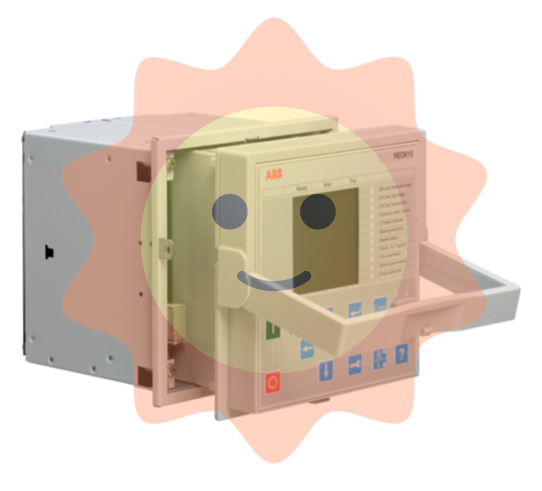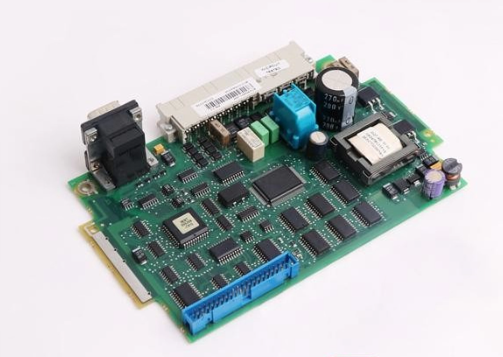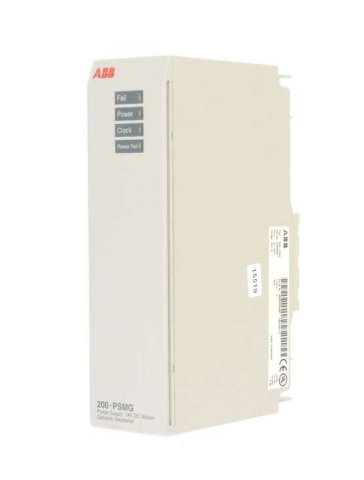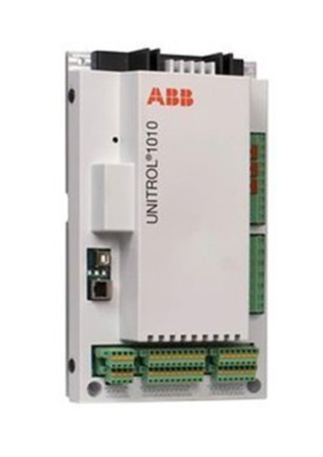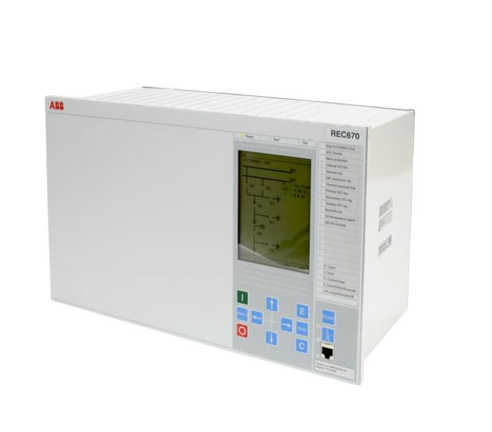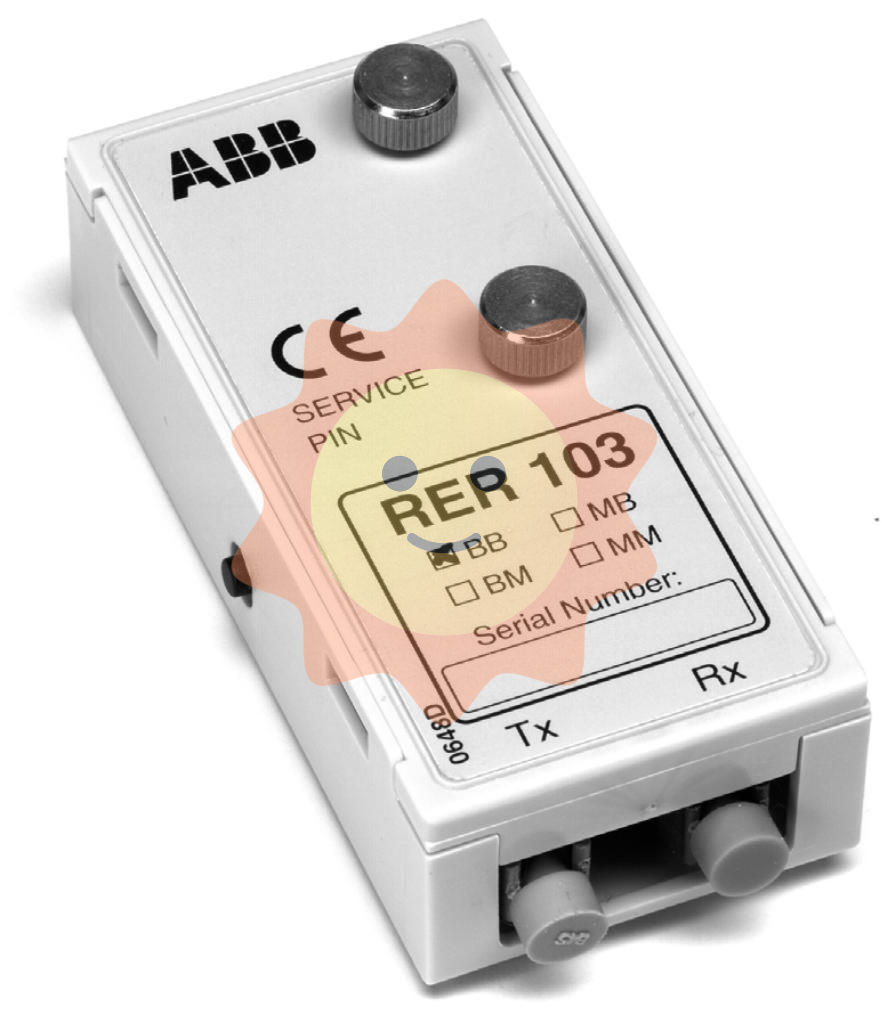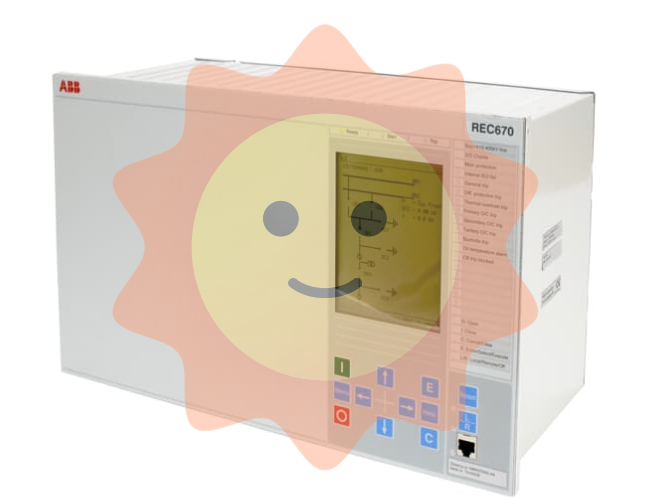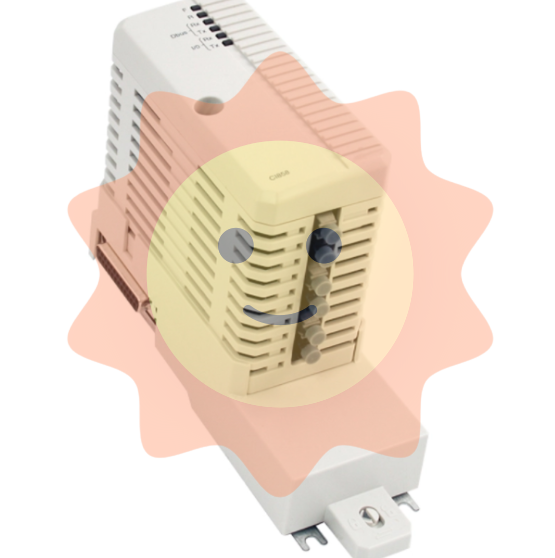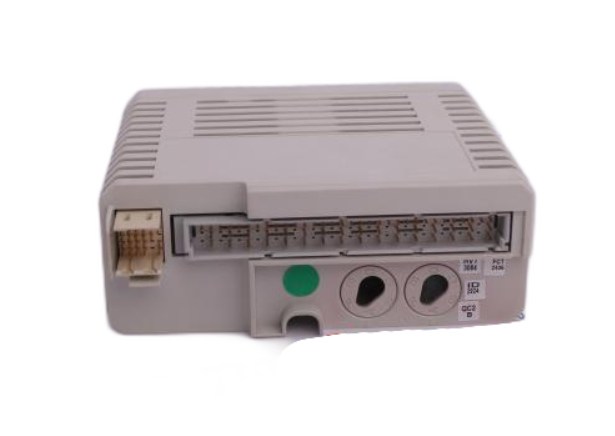Watlow Power Series microprocessor based SCR power controller
2. Open the fuse cover and measure the fuse resistance with a multimeter (normal<1 Ω)
3. If there is no power supply, check the wiring. If the fuse is blown, replace it. If it still fails, return it to the factory
Abnormal output power (e.g. In=100% but Out=0%) 1. Control algorithm set to Off
2. Input signal not calibrated or wiring error
3. Load failure or wiring disconnection. 1. Enter the [alpha] menu to confirm that the algorithm is not "Off"
2. Check the input wiring (such as whether the 4-20mA signal is normal) and recalibrate the input
3. Measure the load resistance and confirm that there are no open/short circuits
Overheating alarm for heat sink (OT) 1. Dust accumulation and blockage of heat sink
2. Insufficient cooling of the chassis (fan failure/insufficient space)
3. Overloading of the load causes excessive heating of the SCR. 1. Clean the heat sink fins with compressed air after power failure
2. Check if the fan is running and measure the temperature inside the chassis (should be ≤ 50 ° C)
3. Monitor the Cur parameter and confirm that the load current does not exceed the rated value
Communication failure (no data exchange) 1. Address/baud rate mismatch
2. Communication wiring error (such as 485 ± reversed connection)
3. Communication line interference or distance too far. 1. Confirm that the controller and main device parameters are consistent ([addr], [baUd])
2. Check the RS-485 wiring (21=+, 22=-, 23=GND), exchange ± line test
3. Increase terminal resistance (120 Ω), shorten communication distance or add repeaters
Phase angle control error [hCYL] (half cycle loss) 1. Insufficient inductive load reactance delay
2. Excessive fluctuations in power supply voltage
3. SCR fault 1. Enter the [Opt1] menu and increase the [rdLy] parameter (+5 each time until the error disappears)
2. Measure the line voltage and confirm that the fluctuation is ≤± 10%
3. After power off, measure the resistance at both ends of the SCR to confirm that there is no short circuit
(2) Regular maintenance plan
1. Monthly maintenance
Cleaning: Wipe the surface of the controller with a dry soft cloth, and clean the heat sink with compressed air (pressure ≤ 0.2MPa, to avoid damaging the components).
Wiring inspection: Check if the power/load terminals are loose, tighten them again (torque 180 in lbs), and focus on high current terminals (to avoid heating).
Alarm test: Manually trigger a low priority alarm (such as adjusting [tol_] to below the current), confirm that the alarm indicator light and relay are functioning properly.
2. Quarterly maintenance
Fuse inspection: Measure the resistance of the fuse, confirm that there are no hidden faults, and record the number of fuses (frequent fuses require load investigation).
Cooling system inspection: Clean the fan filter, check the fan speed (listen for abnormal sound), and measure the temperature inside the chassis (should be ≤ 50 ° C).
Parameter backup: Enter the [dAta] menu to perform a full backup ([` all]), save the backup record, and avoid parameter loss.
3. Annual maintenance
Calibration check: Use a standard signal source (such as a 4-20mA generator) to verify the input/output accuracy, and recalibrate when the deviation exceeds ± 1%.
SCR status check: Measure the SCR conduction voltage drop (normal ≤ 1.5V) and confirm that there is no aging; Check the SCR heat dissipation paste and replace it if it has aged.
Load inspection: Measure the resistance of the heater, compare it with the rated value, and replace it if the deviation exceeds ± 10% to avoid overload.
(3) Safety maintenance precautions
Power off operation: All maintenance must disconnect the main power supply and control power supply, wait for 5 minutes (capacitor discharge) before operation, to avoid electric shock.
Fuse replacement: Only use the recommended model in the manual, and do not replace it with wires or non semiconductor fuses to avoid damage to the SCR.
Return to factory repair: In case of internal module failure (such as no power supply, SCR short circuit), contact Watlow to obtain RMA number and do not disassemble on your own (affecting warranty).

- EMERSON
- Honeywell
- CTI
- Rolls-Royce
- General Electric
- Woodward
- Yaskawa
- xYCOM
- Motorola
- Siemens
- Rockwell
- ABB
- B&R
- HIMA
- Construction site
- electricity
- Automobile market
- PLC
- DCS
- Motor drivers
- VSD
- Implications
- cement
- CO2
- CEM
- methane
- Artificial intelligence
- Titanic
- Solar energy
- Hydrogen fuel cell
- Hydrogen and fuel cells
- Hydrogen and oxygen fuel cells
- tyre
- Chemical fiber
- dynamo
- corpuscle
- Pulp and paper
- printing
- fossil
- FANUC
- Food and beverage
- Life science
- Sewage treatment
- Personal care
- electricity
- boats
- infrastructure
- Automobile industry
- metallurgy
- Nuclear power generation
- Geothermal power generation
- Water and wastewater
- Infrastructure construction
- Mine hazard
- steel
- papermaking
- Natural gas industry
- Infrastructure construction
- Power and energy
- Rubber and plastic
- Renewable energy
- pharmacy
- mining
- Plastic industry
- Schneider
- Kongsberg
- NI
- Wind energy
- International petroleum
- International new energy network
- gas
- WATLOW
- ProSoft
- SEW
- wind
- ADVANCED
- Reliance
- YOKOGAWA
- TRICONEX
- FOXBORO
- METSO
- MAN
- Advantest
- ADVANCED
- ALSTOM
- Control Wave
- AB
- AMAT
- STUDER
- KONGSBERG
- MOTOROLA
- DANAHER MOTION
- Bently
- Galil
- EATON
- MOLEX
- Triconex
- DEIF
- B&W
- ZYGO
- Aerotech
- DANFOSS
- KOLLMORGEN
- Beijer
- Endress+Hauser
- MOOG
- KB
- Moxa
- Rexroth
- YAMAHA


Email:wang@kongjiangauto.com





























































































